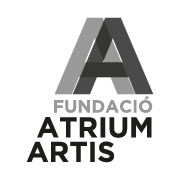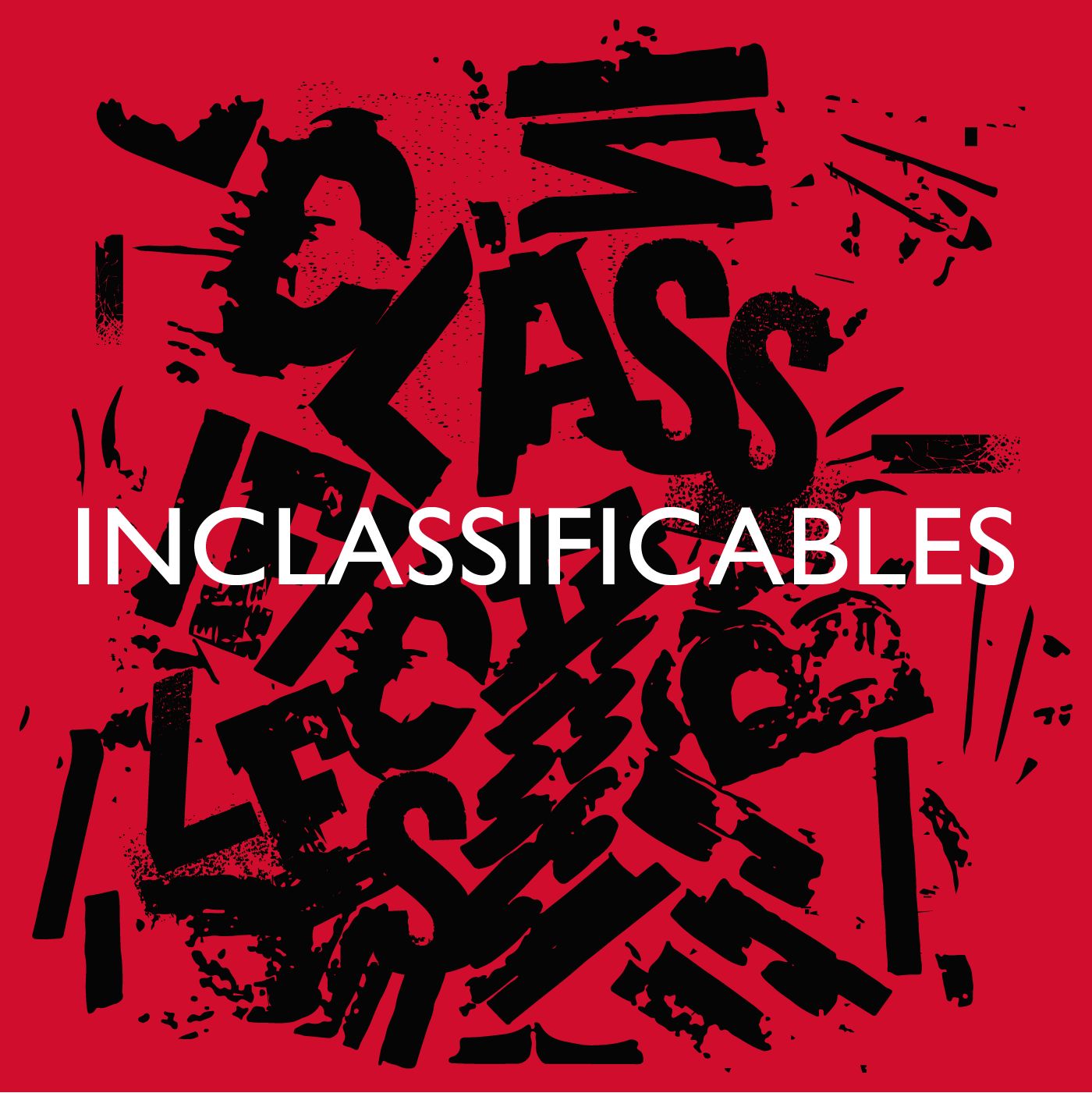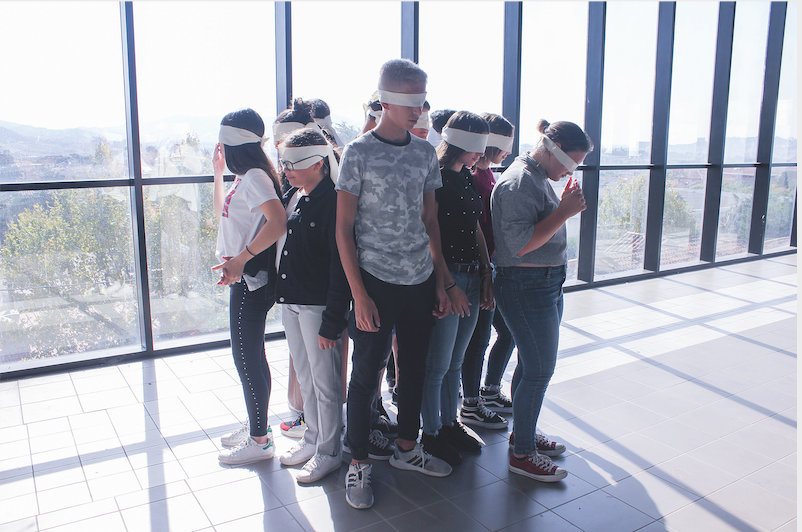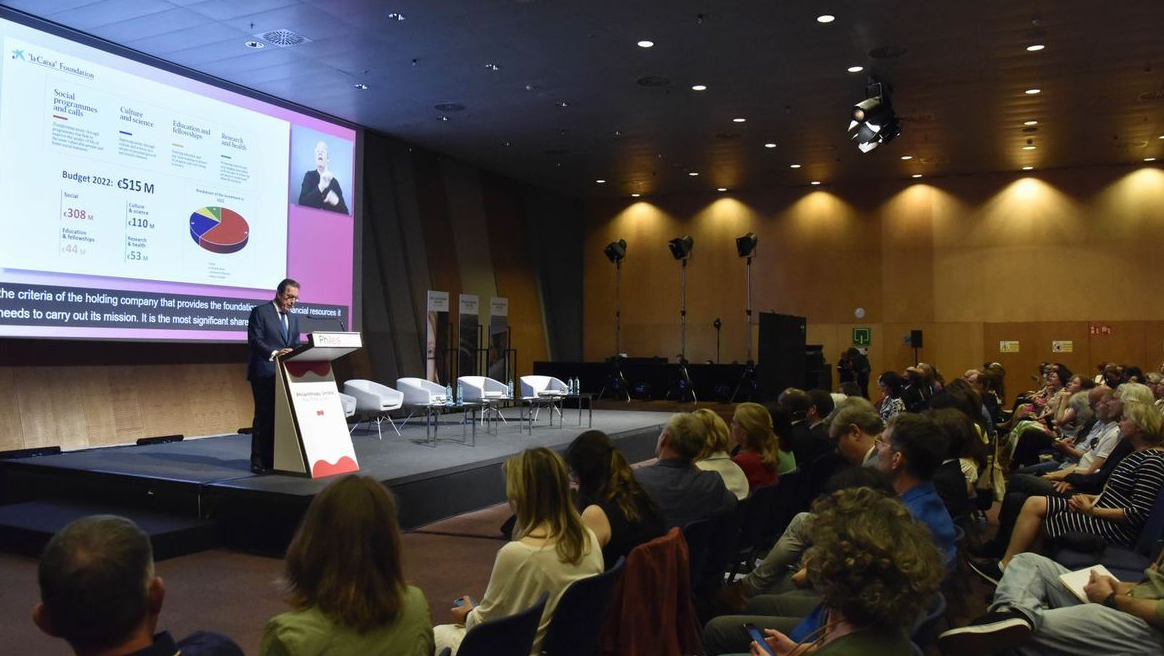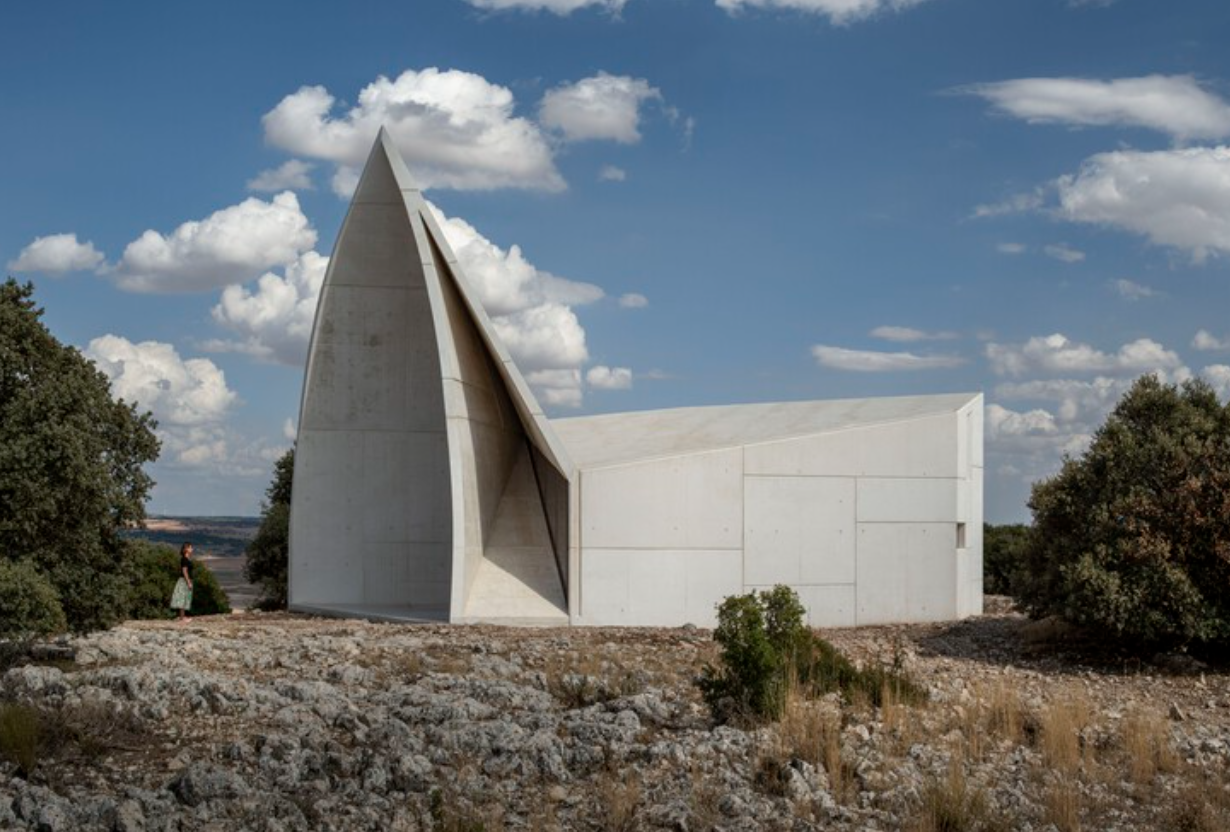Exhibitions
"The adventure of the automaton" by Sanmiguel Diest at the Reina Sofia Museum
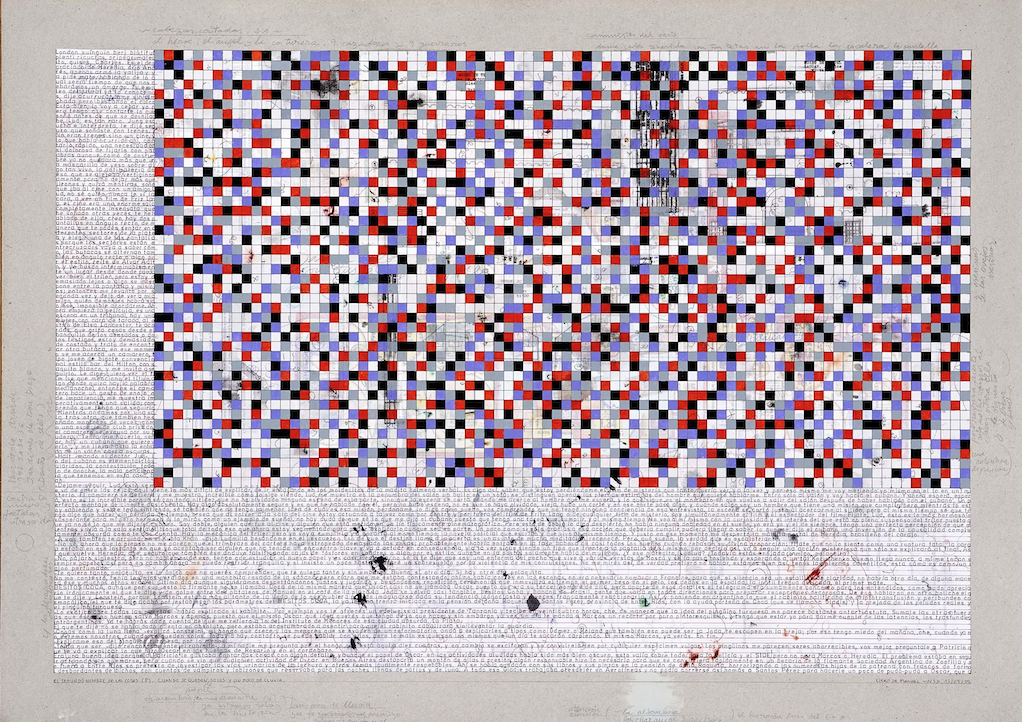
The Reina Sofia Museum presents from June 3 to September 19, in the Velázquez Palace of the Retiro Park, the exhibition dedicated to Néstor Sanmiguel Diest (Zaragoza, 1949) which, under the title La peripècia de l'automat, offers l an opportunity to examine his artistic output from the late 1980s to the present.
Far from being articulated as a retrospective sample of use, it unfolds series of works executed at different moments in its trajectory, and draws a path that allows us to delve into the practice of this author who defines himself as a « workshop artist ”. This exhibition project, curated by Beatriz Herráez, explores the relationships that the artist establishes between image and text. A production in which pictorial registers, systems of rules and graphic signs intersect, and in which work, understood as an abstract machine that structures our lives, appears as a constant concern. Far from establishing an exhaustive itinerary or with an anthological will, the exhibition draws a cartography where pieces executed at different moments of its trajectory are related.
In the work of Néstor Sanmiguel Diest, references to the fields of art history, literature and music are frequent, but also to the most everyday and ordinary, by incorporating documents, invoices, fragments of texts, notes or press pages. It is an invitation to stroll through a jungle of symbols, a place full of expressive silences, in constant negotiation with what piles up on the margins and often goes unnoticed. A production that does not participate in a literal interpretation of the world, and that is based on a simultaneity of appropriations and quotations, such as a potentially infinite and circular mechanism that is surprising for its density.
From the first years of his activity, linked to the founding of groups such as A Ua Crag (1985-1996), the Second Party of the Mountain (1987-1988) and Red District (1990-1992), Sanmiguel Diest presents as a systematic and methodical producer. His huge work, hundreds of drawings and paintings, make up a catalog where the boundaries between image, text and representation become visible and problematic. Far from conventions, especially those that are quick to rule on the obsolescence of some languages in the contemporary world, he places his practice in a field whose historical depth is recognizable by references to the history of art. literature and popular culture. They are works that do not participate in a literal interpretation of the world around us, on the contrary, they respond to a program that is based on the simultaneity of images and texts, official and subaltern discourses, ideological or merely documentary, in a potentially infinite and circular that forces us to relocate the gaze of the person in front of us.


